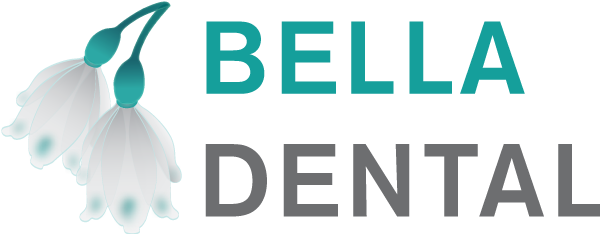Orthopaedic Treatment
Dental orthopaedic treatment involves the use of various appliances, devices & techniques to correct problems with the jaw & facial structure.
What Is Dental Orthopaedic Treatment?
Dental orthopaedic treatment is a specialised approach to addressing issues related to jaw alignment, facial development & the positioning of teeth. While orthodontics focuses on aligning the teeth, dental orthopaedics goes a step further, working on the bones of the jaw & face to correct the underlying skeletal structure that supports them. It is most commonly used to treat misalignments between the upper & lower teeth & other related conditions like overbites, underbites & crossbites—offering significant improvements in both function & appearance.
How Dental Orthopaedic Treatment Works
Dental orthopaedic treatment involves the use of various appliances, devices & techniques to correct problems with the jaw & facial structure. The appliances apply gentle pressure to the teeth, jaw & surrounding tissues to guide their growth & development. Some of the most common treatment devices include:
- Functional Appliances: These are removable or fixed devices that help correct issues like an overbite or underbite by repositioning the jaw.
- Braces with Orthopaedic Components: Sometimes, braces are combined with other orthopaedic appliances to address both dental & skeletal concerns at the same time.
- Expanders: In cases where the upper jaw is too narrow, a palatal expander can be used to gradually widen the palate, making room for proper tooth alignment.
- Headgear & Chin Straps: These are worn outside the mouth to help guide jaw growth in children & prevent certain malocclusions from worsening.
Treatment plans are customized to each individual based on their specific needs & the severity of the condition.
When to Consider Dental Orthopaedic Treatment
Dental orthopaedic treatment is typically recommended when there are significant issues with the jaw or bite that are not easily corrected by standard orthodontic treatment. Here are some common scenarios where you might consider dental orthopaedics:
- Childhood Developmental Concerns: If a child shows signs of abnormal jaw growth or bite issues (such as persistent thumb-sucking or mouth breathing), dental orthopaedic treatment can help guide the development of the jaw & prevent long-term problems.
- Severe Malocclusions: In cases of severe misalignment, such as underbites, overbites, or crossbites, dental orthopaedics may be needed to correct the skeletal imbalance that causes these conditions.
- Facial Asymmetry: If you notice that your face appears uneven, or if one side of your jaw is more prominent than the other, dental orthopaedic treatment can help achieve a more balanced facial structure.
- Jaw Pain or Discomfort: Chronic jaw pain, clicking sounds when opening or closing the mouth, or difficulty chewing may be signs of a misaligned jaw. Treatment can relieve these symptoms by correcting the underlying issue.
- Adults with Skeletal Problems: While dental orthopaedics is often most effective in children & adolescents, adults who have severe skeletal issues or whose previous orthodontic treatment didn’t fully address jaw misalignment may also benefit from this treatment.
Dental orthopaedic treatment offers a holistic approach to correcting jaw misalignments, enhancing facial aesthetics & improving overall dental health. Whether you are a child or an adult, this treatment can provide lasting benefits that extend beyond a beautiful smile. Early intervention often leads to the best outcomes, so don’t hesitate to seek advice if you notice any issues with your bite or jaw development.
Hours
- Monday: 9am–6:00pm
- Tuesday: 9am–6:00pm
- Wednesday: 9am–5:00pm
- Thursday: 9am–5:00pm
- Friday: Closed
Location
We are located on the corner of Cambridge Road and Howell Avenue. Entrance is on Howell Avenue.

